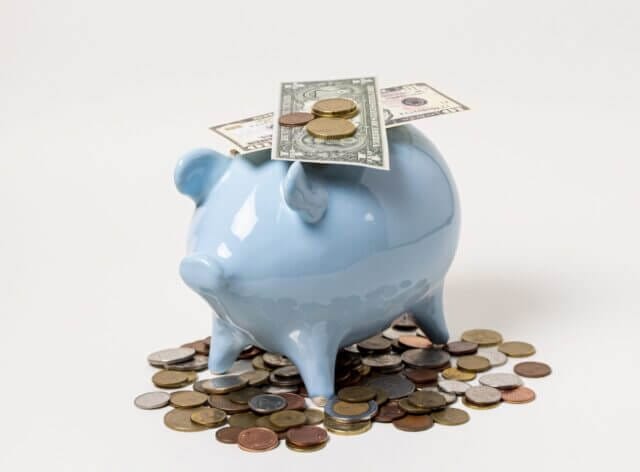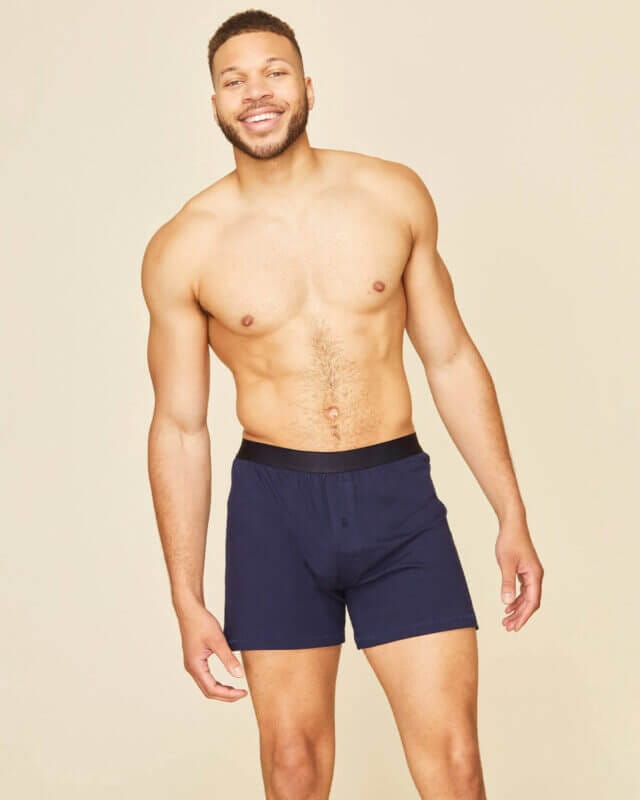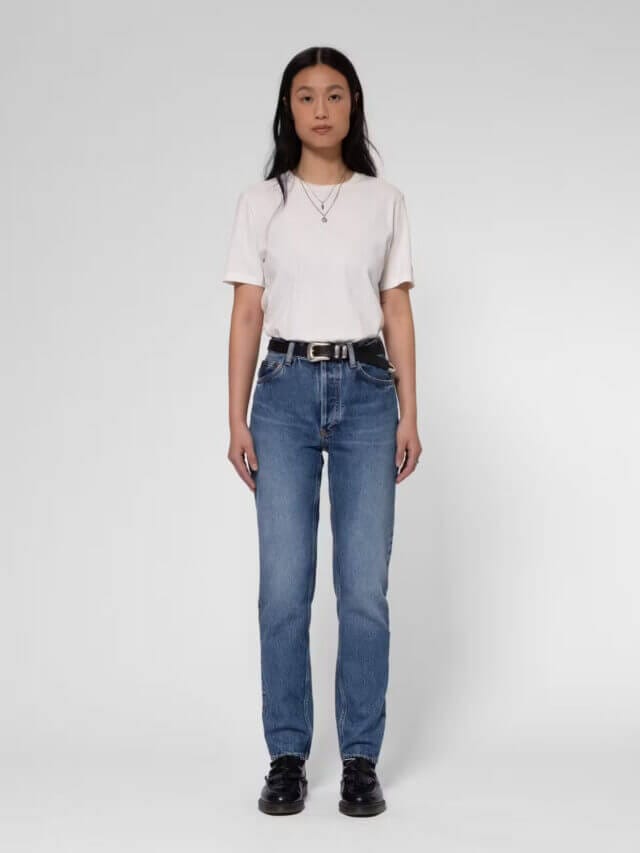
Eco-Stylist is reader-supported. If you make a purchase using our links, we may earn a commission. We only feature fashion brands that pass our sustainable brand criteria. Learn more here.
In today’s world, where we are more aware of the impact of our purchases, sustainable and ethical clothing has emerged as a pillar for a better future.
Before we move on, the main difference between ethical and sustainable clothing lies in their respective focuses: ethical clothing concerns social and labor issues, whereas sustainable clothing targets environmental concerns. However, in practice, these two concepts often intersect. Ethical fashion doesn’t stop where sustainable clothing picks up: the two are linked since environmental harm causes inevitable problems for workers. Also, many brands and consumers who prioritize one aspect consider the other, leading to a growing movement that aims to transform the fashion industry into one that respects people and the planet.
Some brands within the apparel industry are changing for the better, thanks to the collective effort of consumers and organizations. We are addressing environmental degradation and exploitative labor practices and moving towards ethical and affordable clothing that reflects our values.
As we explore the evolution of this market, we’ll uncover its origins, explore shifts in consumer behavior, assess how the industry has adapted, highlight notable brand initiatives, and see that many sustainable brands offer ethical and affordable clothing for all.
The Beginning of Sustainable and Slow Fashion: A Shift Towards Ethical Brands

No specific date in history can be marked as the official start of a sustainable industry. The journey towards sustainability has been ongoing, and we are still living it. However, we can observe the evolution of the textile industry in terms of its impact on the environment and the shifts in views, values, and attitudes of customers and producers through the decades.
Pre-industrial garments were handmade with local materials on a smaller scale; they were repairable and could be passed down for generations, reducing waste. In addition, they were made of natural fibers; hence, they were biodegradable and didn’t harm the environment. The Industrial Revolution marked the rise of mass production and the invention of synthetic fibers such as nylon and polyester, which enabled quicker and cheaper manufacturing processes. This marked the rise of fast fashion, promoting a throwaway culture and generating more waste.
During the 1960s and 1970s, the growing interest in environmental protection led to the formation of several organizations, like Greenpeace and Friends of the Earth, which aim to protect the planet and promote sustainability. This need was largely driven by the negative impact of mass production during the 1950s. As a result, consumers started becoming more conscious of the effects of their consumption and began to demand environmentally friendly products. The sustainable fashion movement was born, amidst growing concerns about cheap fast fashion brands greenwashing their practices to appear environmentally friendly without making substantial changes.
The subcultures known as ‘hippies’ and ‘punks’ were ethical and sustainable fashion pioneers. The ‘hippies’ started in the late 1960s and preferred clothing made from sustainable fabrics and a more simplistic way of living. Meanwhile, the ‘punks’ began in the mid-1970s, and they preferred second-hand clothing and vintage items, as well as re-wearing and upcycling existing items. Both groups were united in rejecting the dominant idea of traditional fashion and mass consumerism.
Affordable Sustainable Clothing Fashion: A Stand Against Fast Fashion Brands

The sustainable, ethical, and affordable clothing movement is rooted in the broader context of environmentalism and social justice. It began as a niche market primarily driven by small-scale designers and activists who recognized the textile industry’s profound impact on the planet and workers before the fashion industry did.
Therefore, they faced significant challenges, the most pressing of which was the high cost of production. For example, ethical clothing brands, which emphasize fair wages, safe working conditions, and sustainable materials like hemp or organic cotton, inherently require more financial investment than conventional manufacturing methods. These increased production costs resulted in higher retail prices, making ethical garments less accessible to the average consumer and limiting their market reach.
Another significant obstacle was the lack of consumer awareness. In the early days, the average shopper was unaware of the environmental and social issues related to production practices. The idea of paying extra for ethically produced clothes was unfamiliar to many. Due to consumers’ limited demand, retailers hesitated to stock ethical clothing and accessories. This made raising awareness and pushing the client to use sustainable clothes even more challenging during that period.
Rising Eco-Awareness: The Surge in Shopping for Sustainable Brands

Climate change has become crucial for humankind, particularly in the 21st century. The global population has been growing rapidly, putting immense pressure on production and increasing carbon emissions. Moreover, the fast-paced economic growth has led to the depletion of natural resources, making sustainable development a pressing topic of discussion among analysts, suppliers, and consumers.
Sustainability is a policy concept that originates from the “Brundtland Report of 1987”, a document about humans’ aspirations towards a better life and the limitations enforced by the environment. The concept has been defined as: “Sustainable development is development that meets the needs and aspirations of the present without compromising the ability of future generations to meet their own needs.“
The need for a more sustainable approach has been recognized internationally by the 2030 Agenda. This program binds governments to uphold the well-being of both people and the planet and consists of 17 objectives known as Sustainable Development Goals (SDGs) to be achieved by 2030. The SDGs are centered around three pillars of sustainable development: economic growth, social inclusion, and environmental protection. To reach these goals, shifting away from the fast fashion industry model and adopting a sustainable business model that prioritizes economic and environmental sustainability in the manufacturing process will be necessary.
It is well known that fast fashion has been one of the most environmentally destructive industries for decades, causing high discharge of hazardous chemicals, high water consumption, bigger greenhouse gas emissions, and human rights violations.

The journey from a niche to a wider awareness, acceptance, and demand for sustainable and ethical products underscores the power of informed consumer choices in the apparel industry. In fact, with the increased interest in social and environmental issues, shopping is not driven exclusively by needs but by principles. For this reason, the textile industry has no choice but to follow the trend and pay attention to these topics.
Customers expect brands to be involved in sustainable practices and positively contribute to our ecosystem. Taking part in the change is so vital that we are willing to pay more for products from sustainable and ethical brands since they cherish transparency and authenticity. So, honesty throughout the business model is essential in today’s market. Therefore, companies must adapt to the new requests to retain the market segment and evolve towards new business models based on sustainable, ethical and affordable clothing. Let’s see how.
Beyond Cheap Fast Fashion: Sustainable Fashion Brands Lead the Change Towards Ethical Fashion
The increasing consumer demand for ethical and affordable clothing has led to a new era in fashion, prompting a diverse range of companies to reevaluate and adapt their business models to align with these emerging values. In the industry, sustainability impacts the entire supply chain, from production to the relationship with the final consumer, and brands facing the sustainability challenge must adopt a more transparent policy to be credible.
Numerous cross-industry initiatives have aided companies in recognizing and implementing more sustainable work practices throughout the product life cycle. Additionally, some brands have pledged to achieve sustainability goals and set high benchmarks for investing in sustainable fabrics and promoting initiatives to enhance innovation in the materials utilized in producing fashion items.
One of the pioneers in this transition is Patagonia, a brand synonymous with environmental stewardship and ethical manufacturing. Patagonia’s commitment to sustainability is comprehensive, encompassing efforts to reduce carbon emissions, use recycled materials, and ensure fair labor practices. The brand’s dedication to transparency about its supply chain sets a benchmark for others in the industry.


Similarly, People Tree, a UK-Tokyo-based retailer, has been at the forefront of integrating ethical practices into every facet of its production process. As a certified Fair Trade and sustainable fashion brand, People Tree collaborates with artisans and farmers in developing countries to produce high quality clothing that supports local communities while minimizing environmental impact.
These brands, among others, have not only responded to consumer demand for ethical and affordable fashion but have also played a pivotal role in shaping the industry’s future. Their successes illustrate that sustainability and profitability can coexist, paving the way for a more responsible ethical production.
This exploration into how brands and the industry have adapted to the rising demand for ethical and eco-friendly clothing underscores a significant shift in business practices driven by a collective move towards greater accountability and environmental consciousness.
Introducing Our Top 4 Ethical and Affordable Clothing Brands
Even though we have become more understanding of environmental issues linked to our consumption, many barriers remain to sustainable purchases. The most common is the belief that sustainable fashion is expensive. It is a myth. Contrary to popular belief, sustainable clothing brands meet consumer needs with affordable prices, offering items from $11 socks to $24 tank tops.
If you still don’t believe it, here is a list of brands that will help you change your mind:
Pact


They offer stylish, essential clothing made from organic cotton for women, men, children, and babies. Their great casual wear collection includes dresses, leggings, and sleepwear. In addition, they have an affordable bed and bath line. Pact also carries maternity and kids’ clothing.
Most of their items are under $50, with some under $100. For instance, you can get a women’s Black Pinstripe Everyday Thong for only $4.00.
Coalatree


They are experts in eco-friendly gear and apparel for adventurers. Their products are stylish, practical, and highly functional, and the best part is that they’re all priced under $100. For example, you can get a T-shirt for just $20 and a pair of socks for $17.
If you love the great outdoors, you’ll appreciate Coalatree’s commitment. Don’t hesitate to check out their products and start your next adventure in style!
Subset


All their products are free from harmful substances such as heavy metals, carcinogens, PFAs, and VOCs, and are safe for the body and the environment. Amazingly, they have a recycling program too: you can send them your old, worn undergarments of any brand and in return, you will get a free pair of Subsets with your next order.
All their items are under $50. For example, an organic cotton thong is $17.
Nudie Jeans


They don’t sell jeans; they make them part of your life. Every pair is made of high-quality sustainable or recycled materials designed to be with you forever. They offer a lifetime warranty for repairs and programs where you can buy gently used products. Not enough? You can turn in your old Nudie jeans and receive a discount on your next purchase.
These are the kind of jeans you’ll pass down for generations. They cost between $100 and $300.
Want To Find More Sustainable, Ethical and Affordable Clothing?
Sustainable fashion items should be within everyone’s reach. That’s why our directory on Eco-Stylist offers a diverse selection of options with prices ranging from $ to $$$. We understand that buying new sustainable fashion may not always be possible, but we’re here to help. Ultimately, it’s important to assess your circumstances and decide what amount you can realistically spend on each type of item.
In addition, we maintain a continually updated sales list for sustainable brands, which we highly recommend bookmarking here. To ensure you never miss out on these fantastic deals, subscribe to our email list by scrolling down to the footer of our website and following us on both Facebook and Instagram.
Are you still unsure about buying sustainable clothing items? Try options like swapping, renting, or thrifting. To get inspired, check out our ultimate guide to affordable sustainable clothing.

Mara is an Italian writer and communicator specializing in sustainability, multilingual communications, and localization. She loves literature, art, and traveling. She dreams of living on a sailing boat to explore the Mediterranean.









